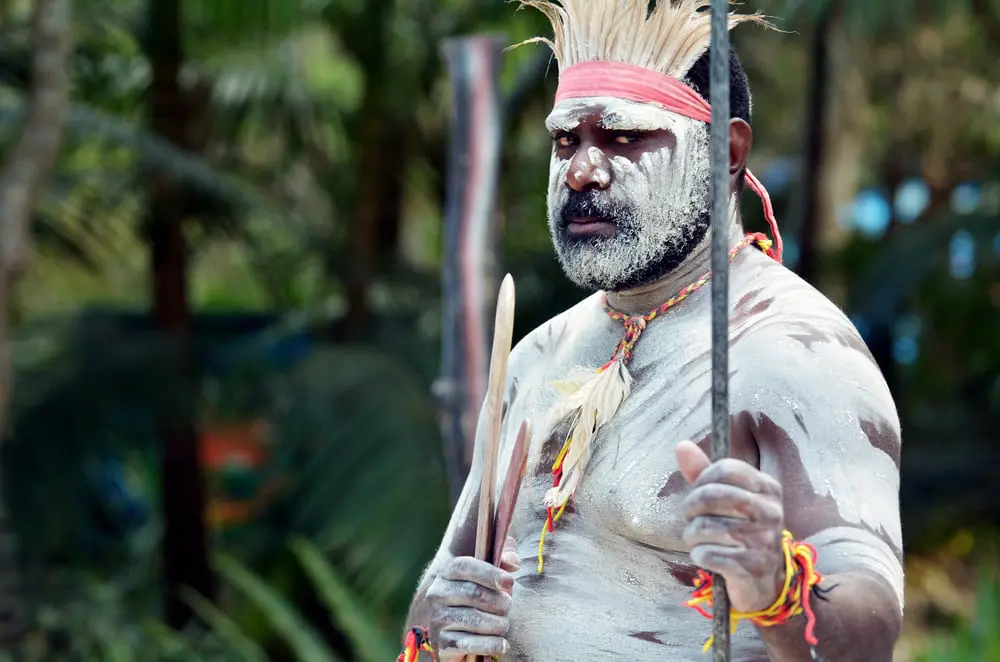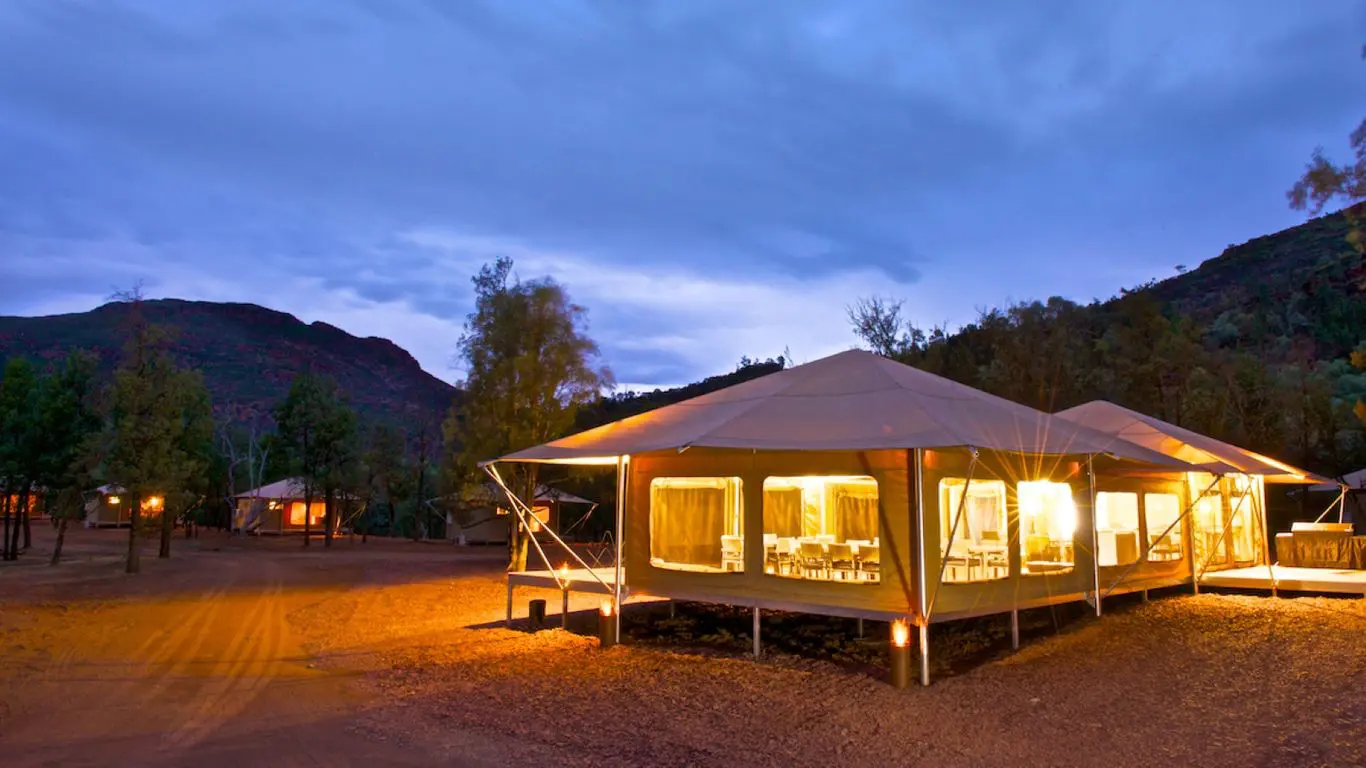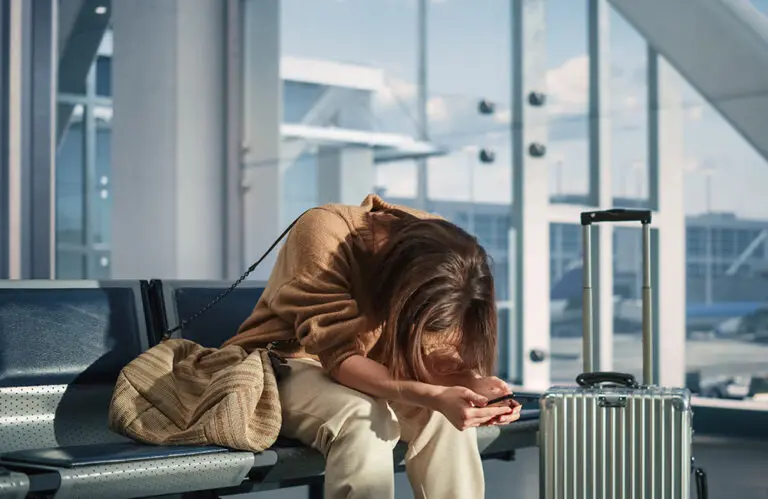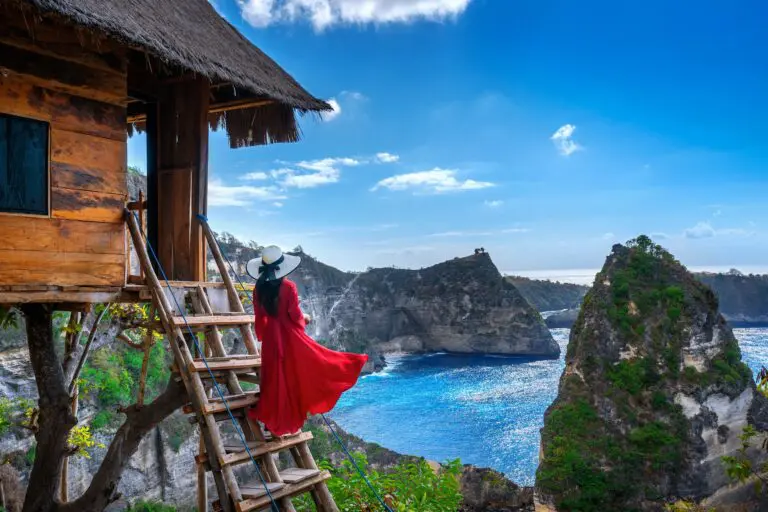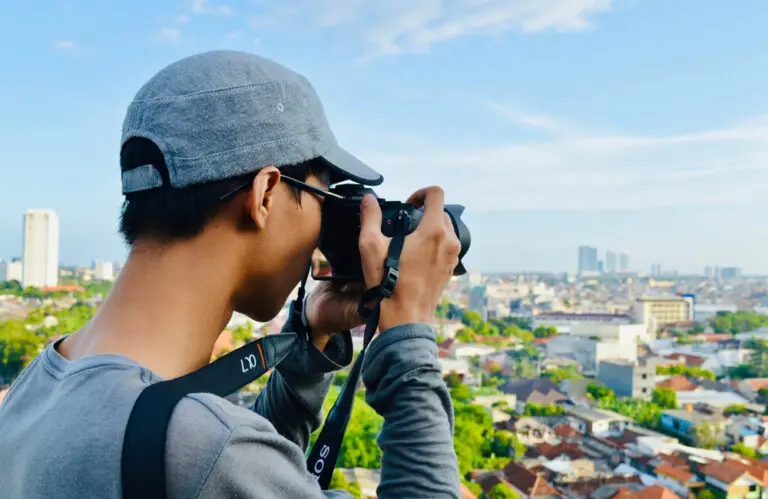Experts are looking at how to strengthen Indigenous tourism’s place on the world stage in order to ensure Indigenous communities benefit from Australia’s tourism growth.
Tourism Australia has previously recognised that much of the world sees Indigenous tourism experiences as “hot, dry, dusty and hard to do”. At the moment, only 14% of international visitors to Australia add an Aboriginal cultural experience to their itinerary.
In an interview to coincide with National Aborigines and Islanders Day Observance Committee (NAIDOC) Week, IBA Tourism Asset Management director of brand and communications John Huggins told KarryOn that the industry sector is making important progress.
As at June 30 2015, Indigenous tourism and hospitality portfolio assets valued $118.8 million, according to an Indigenous Business Australia (IBA) report. It also found that Indigenous employment across the tourism portfolio increased 2% and average gross salary increased almost 11% on the 2014 financial year to FY2015. Indigenous employees who have completed training increased by 60%.
A shift is being seen within Australia’s Indigenous communities also, particularly as the mining industry slows.
“Internally, Indigenous people are noticing that tourism is a viable opportunity to provide economic and social benefits which will allow many Indigenous people to stay in their community and remain connected to their country,” Huggins explained.
Organisations like IBA, the Indigenous Land Corporation (ILC) and IBA Tourism Asset Management are “proactively engaging Indigenous stakeholders” to map their own economic futures and create “real social outcomes” for their respective communities.
“Tourism represents an incredible opportunity for Indigenous people to be proud in showcasing their oldest living culture to the world while also delivering economic empowerment.”
But Huggins insisted that more can be done to help the sector keep pace with Australia’s tourism growth.
He identified the main challenges for Indigenous tourism as the identification and nurturing of talent.
“The industry is ripe with potential and it requires a community effort to harness it,” he said.
“Similarly, the capacity of Indigenous people to control their own tourism futures needs to be recognised more widely as there is tremendous talent already out there.”
Changing consumers’ perceptions of Indigenous tourism experiences is also an important part of IBA’s plan in order to convert them into “Indigenous tourism seekers”.
“This also means understanding opportunities in domestic markets and leveraging off existing efforts from tourism organisations as well as looking abroad to capitalise on opportunities in other international markets,” he explained.
Banishing the idea of Indigenous tourism experiences as a one-off in a tourist’s itinerary is also key, with Huggins suggesting that Indigenous experiences instead be integrated throughout Australian itineraries.
Meanwhile, he highlighted the benefits of tourism for Indigenous communities, giving Wilpena Pound Resort in the Ikara-Flinders Range as an example.
“The Adnyamathanha people are a shining example of what is possible when Indigenous communities partner with like-minded organisations like IBA and IBA Tourism Asset Management to achieve economic and social outcomes,” he said.
“We have increased Indigenous employment to 59% and introduced cultural tourism products for Adnyamathanha people to share their culture.”
The resort is hosting a week of free activities this week to mark NAIDOC Week, giving visitors a chance to interact with members of the Adnyamathanha community.
A number of other operators across the country are also holding special events to mark the annual event which runs until July 10.
Many of these are Indigenous Tourism Champions, part of Tourism Australia and IBA’s program to provides support to Indigenous tourism operators across Australia.



